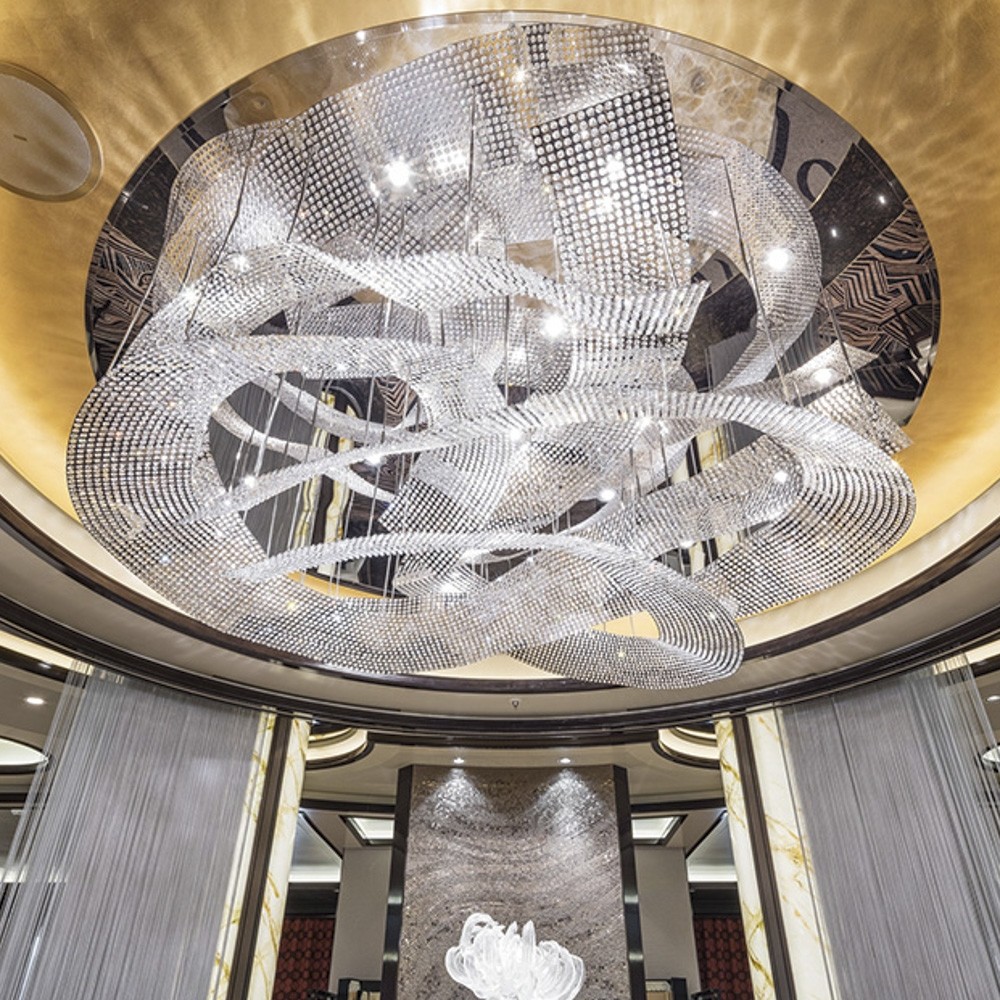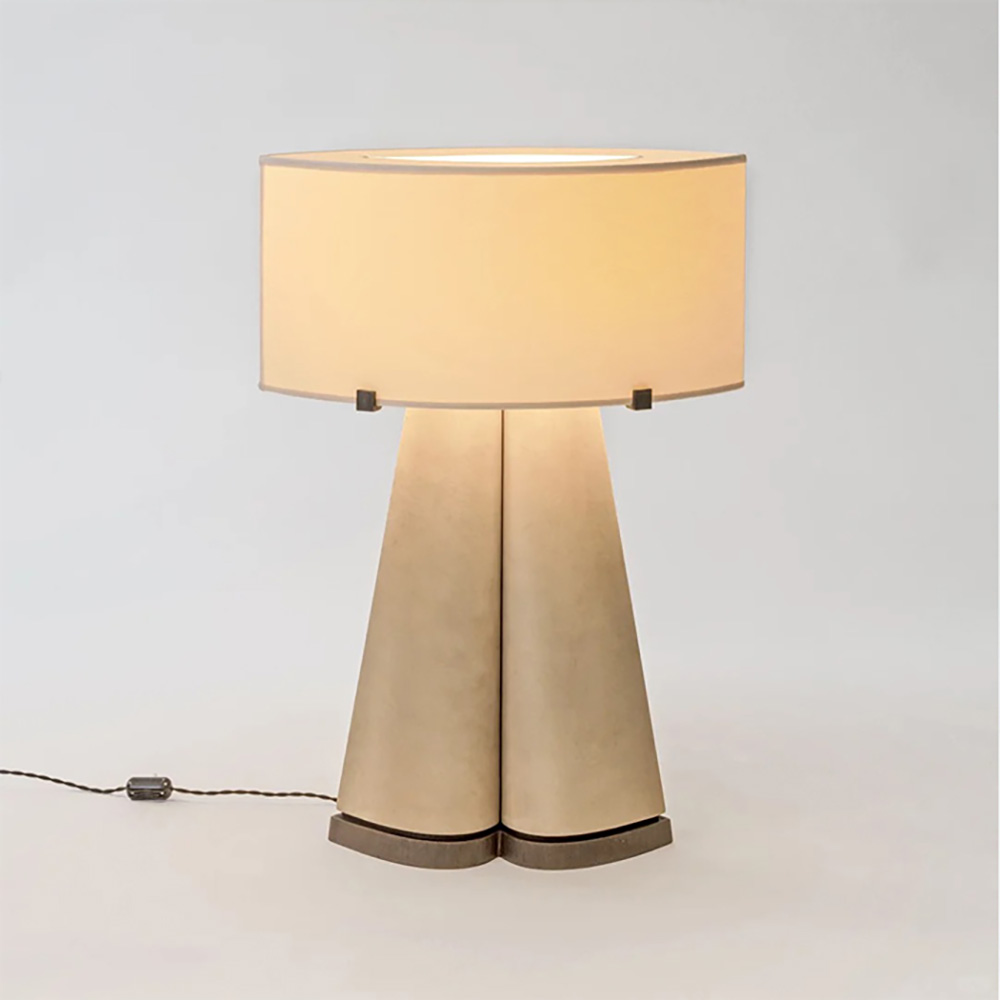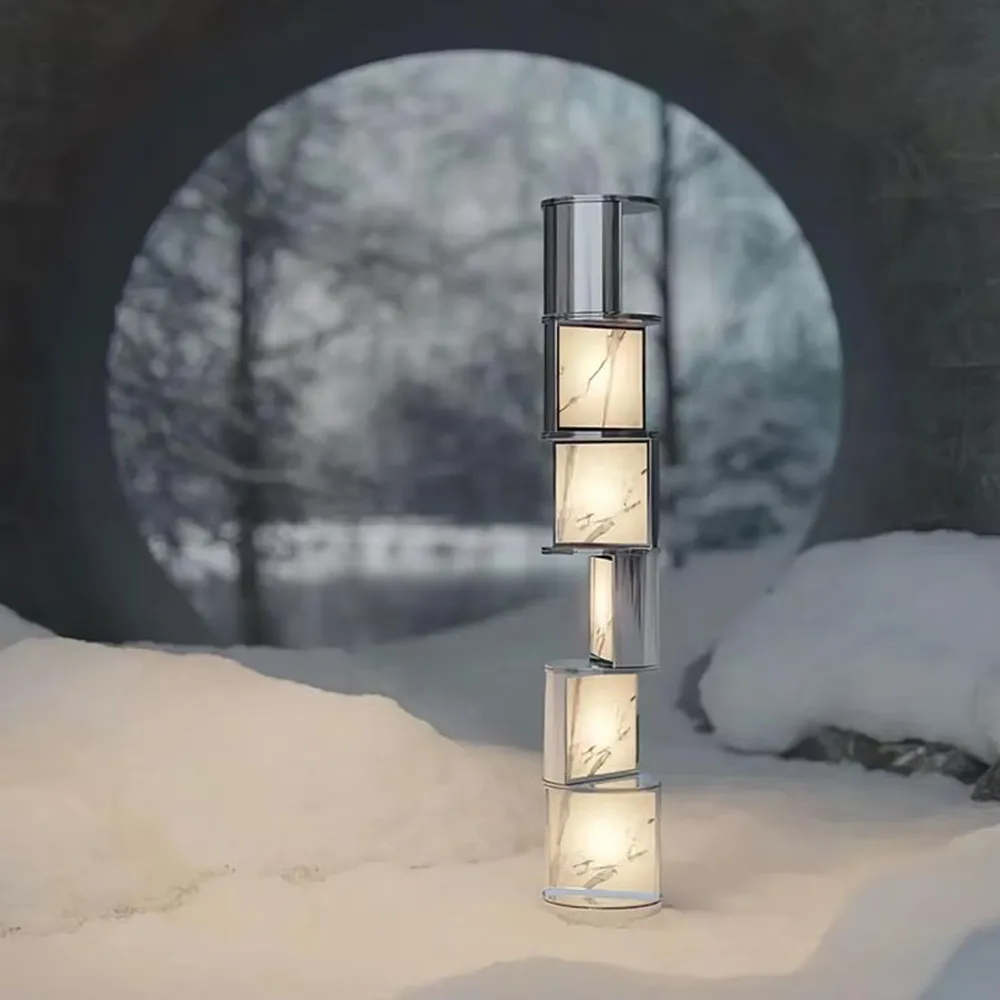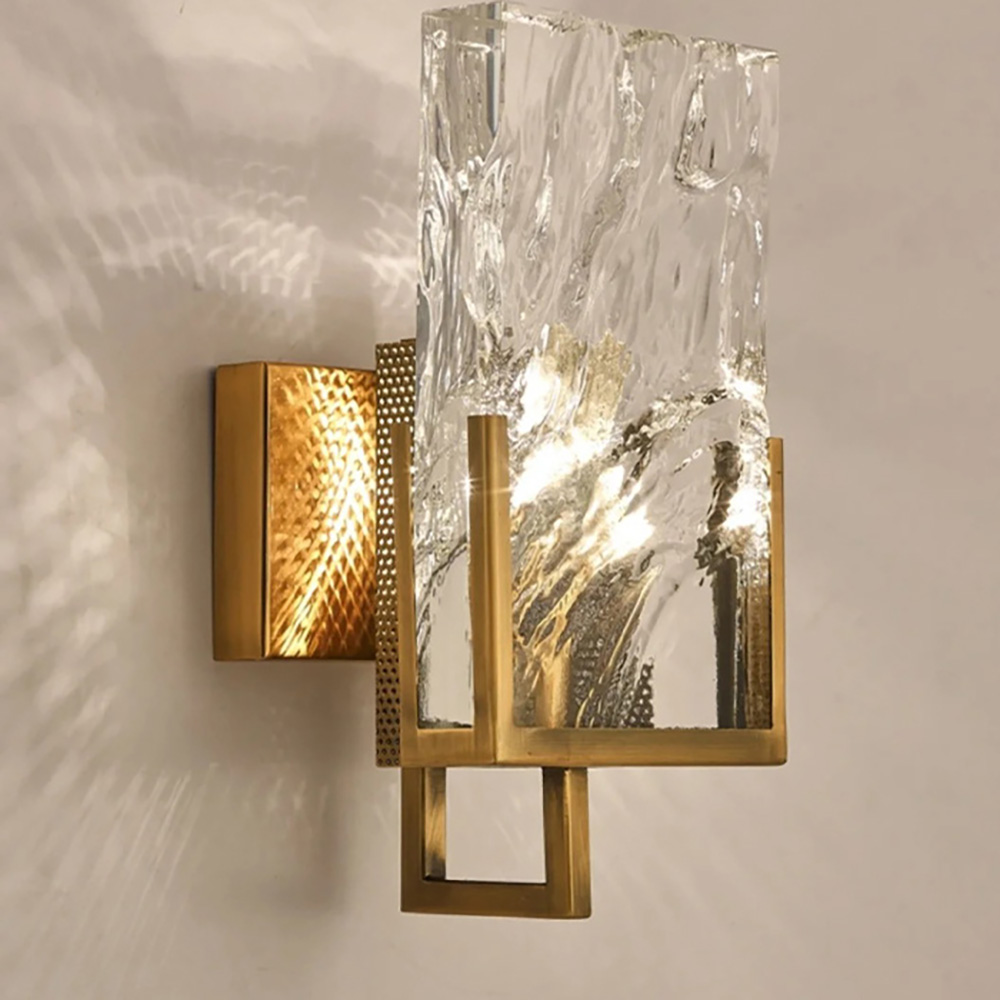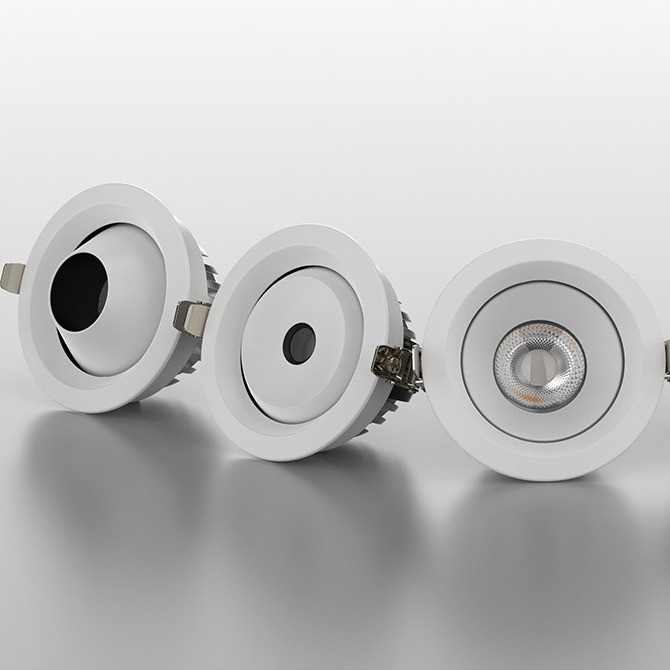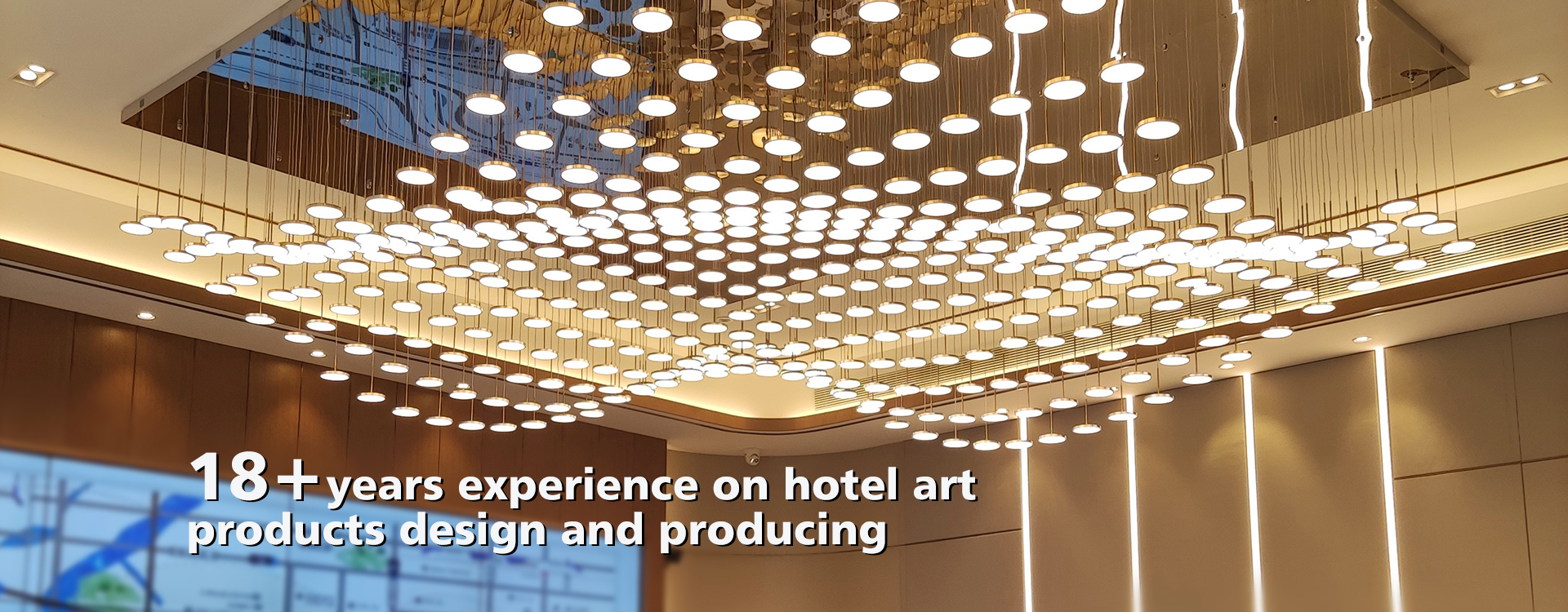Lighting Fixtures and Luminaires: A Dual Concerto of Light Artistry and Practical Functionality
In the progression of human civilization, light has always played a unique role. From the first torch of ancient ancestors to the neon kaleidoscope of modern cities, the evolution of lighting devices constitutes half the history of human development. In this world interwoven with light and shadow, the twin concepts of "lighting fixtures"and"luminaires"mirror the dialectical relationship between light and shadow—interdependent yet distinct.
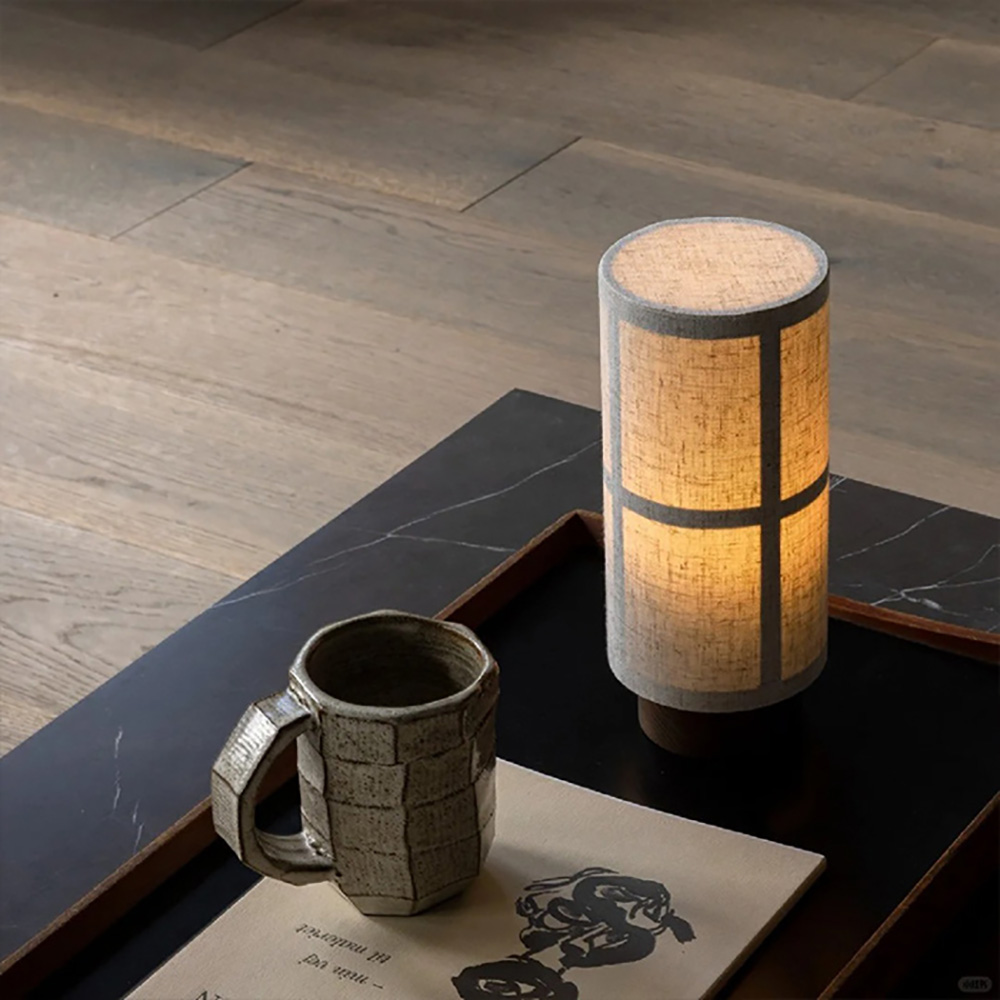
I. Conceptual Divide: Dual Dimensions of Pragmatism and Aesthetics
A luminaire is the physical vessel for illumination, its core mission to transmit and distribute light. A standard LED ceiling light, for instance, strictly adheres to technical parameters such as lumen output, color temperature, and color rendering index (CRI), ensuring work surfaces meet the industry standard of 500 lux. Designers meticulously calculate beam angles to achieve uniform light coverage, akin to an engineer drafting geometric shapes with a ruler—each parameter corresponds to explicit functional demands.
A lighting fixture, however, is a lyrical poet of spatial aesthetics. Take the crystal chandeliers of Venice’s Murano Island: artisans melt glass at 1600°C to achieve 92% light transmittance, each piece balancing refractive precision with artistic inspiration. These celestial constellations suspended from palace domes derive their value not from illuminating halls but from transforming light into liquid gemstones, each facet narrating the splendor of the Baroque era.
The dialectic between functionality and artistry finds delicate equilibrium in contemporary design. At Milan Design Week, the "Lunar Phase Lamp" integrates intelligent dimming (3000K–6000K color temperature adjustment) with CNC-carved lunar crater textures on an aluminum shade, seamlessly merging utility with cosmic aesthetics.
II. Design Logic: Collision of Parametric Equations and Emotional Symbols
When industrial designers draft luminaire blueprints, parametric matrices in CAD software dictate form. An ergonomic reading lamp, for example, requires a rotating arm angle of 120°±5° and a shade tilt under 45°—values calibrated to prevent eyestrain. A German TÜV-certified anti-glare coating reduces the Unified Glare Rating (UGR) to below 16. Such quantifiable metrics define the language of modern luminaires.
Lighting fixture designers, in contrast, compose like poets crafting sonnets. French designer Inga Sempé’s "Cloud Lamp" uses 2,000 hand-blown glass flakes, each varying by ≤0.2mm in thickness, to mimic the soft diffusion of light through cumulus clouds. This design does not solve illumination problems but reimagines light as a poetic dialogue.
Contemporary design is undergoing a paradigm shift. Dutch studio Moooi’s "Animal Lamp" series merges 3D printing with hand-painted motifs, creating IP54-rated outdoor lights that double as whimsical art installations. Such(cross-boundary) designs blur the line between utility and decoration, yielding 1+1>2 aesthetic value.
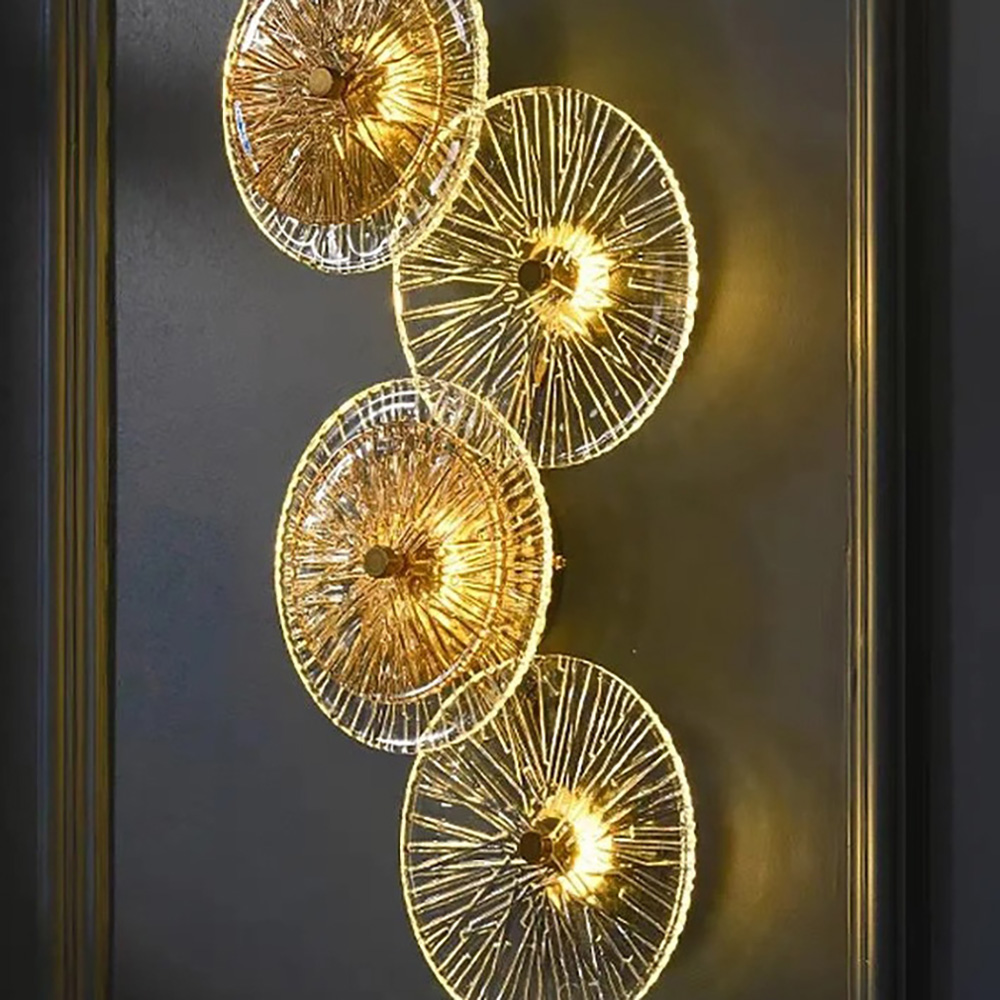
III. Spatial Narrative: Binary Variations of Light Logic
In commercial spaces, the interplay of luminaires and lighting fixtures resembles orchestral instrumentation. IKEA’s shelf lighting employs 4000K LED track lights with a uniformity ratio above 0.7 to ensure accurate color rendering. Meanwhile, paper origami fixtures in lounge areas cast 2700K warm light, crafting a homely ambiance—this chiaroscuro rhythm subtly guides consumer psychology.
Luxury hotel lobbies exemplify light as theatrical drama. A crystal chandelier, hung at precisely 4.2 meters above the floor, interacts with 5° uplights to optimize retinal perception of halation. Hidden LED strips tracing marble columns articulate architectural textures through indirect lighting—a "light without fixtures" philosophy that elevates functional illumination to spatial art.
Future lighting design will embrace deeper integration. Circadian-rhythm systems will auto-adjust light spectra, biomimetic fixtures will morph with humidity, and photovoltaic glass façades will dualize as building skins and distributed luminaires. When nano-optical materials meet parametric design, walls themselves may become luminous surfaces, dissolving the physicality of fixtures altogether.
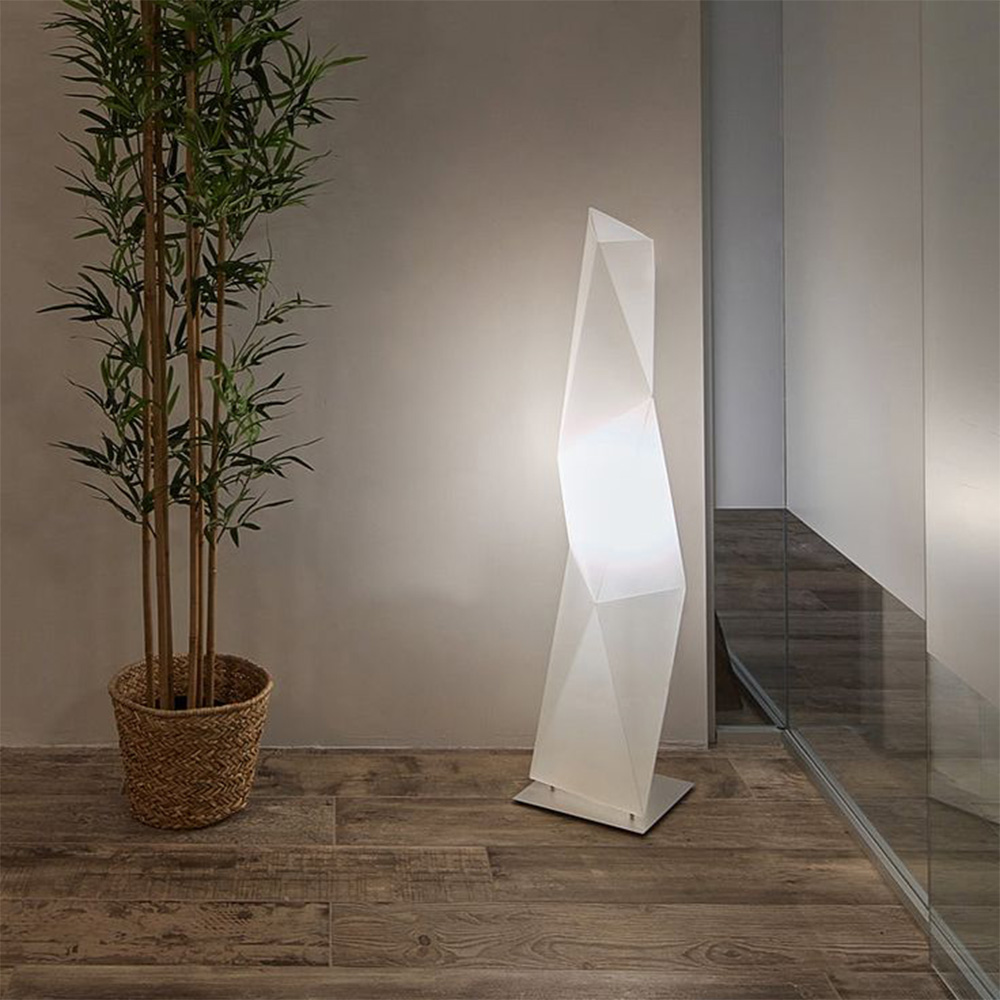
In the eternal dialogue between light and shadow, the boundary between luminaires and lighting fixtures is dissolving. When a lamp can precisely calculate energy efficiency per lumen while evoking emotional resonance, this unity of utility and aesthetics may well be the Holy Grail of lighting design. Tomorrow’s illuminated spaces will stage a dance of physics and poetry, where every photon carries dual genes of function and beauty, crafting smarter, more soulful solutions for humanity.

